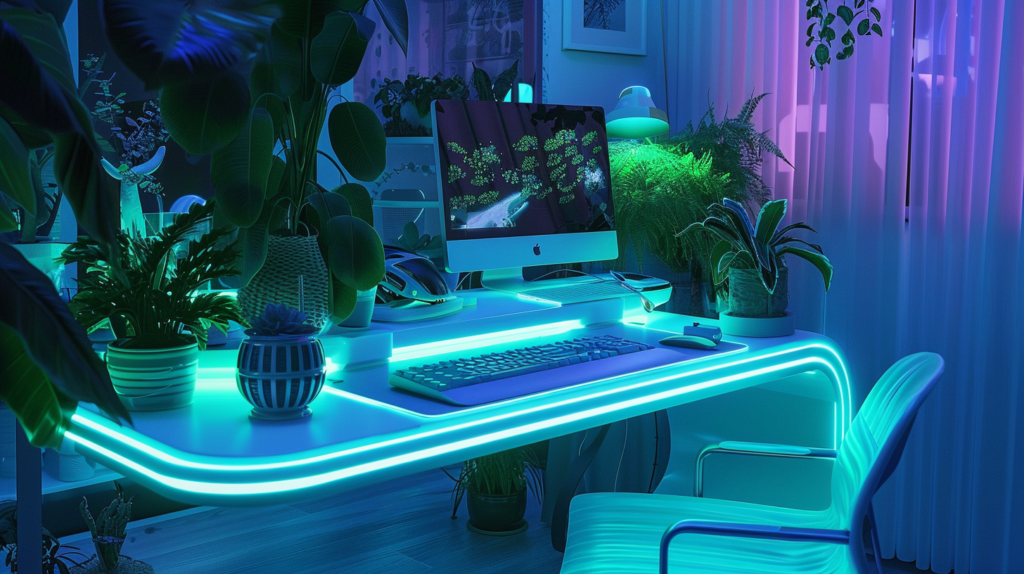
As we speed into the future with a one-way ticket towards technological advancement, we find ourselves on the precipice of a brave new world, a world that is poised to redefine user interface paradigms. Yes, my dear reader, I’m talking about the multisensory user interface future, a future where interacting with technology won’t just be about prodding a touchscreen or operating a mouse. So buckle up and get ready for a rollercoaster ride into the multisensory future of user interface.
In the realm of user interfaces, we’re not just talking about leaps, we’re talking about pole-vaulting over the moon. The multisensory user interface future is not just about a screen and a keyboard anymore; it’s about integrating sight, sound, touch, and even smell and taste to create a truly immersive digital experience.
Now, before you roll your eyes and mutter “Great, another gimmicky tech trend,” hear me out. The multisensory user interface future isn’t just about flashiness, it’s about improving accessibility, user engagement, and efficiency. Imagine being able to feel the texture of a product while online shopping or being able to smell a restaurant’s signature dish during a virtual tour. It’s not just science fiction anymore, it’s the multisensory user interface future.
So, how are we getting there? Well, we’re not teleporting, that’s for sure. Instead, we’re taking baby steps, carefully and methodically incorporating new technologies into our user interfaces. From haptic feedback and 3D audio to augmented reality and virtual reality, the tools for the multisensory user interface future are being shaped and polished even as we speak.
But, dear reader, don’t get too starry-eyed just yet. The multisensory user interface future doesn’t come without its fair share of challenges. Oh no, it’s not all unicorns and rainbows in the land of multisensory user interfaces. There are issues of cost, resource allocation, and the ever-looming specter of technological compatibility to contend with.
Despite these hurdles, the potential of the multisensory user interface future is undeniable. Think about it. By integrating various senses, we can create a more inclusive digital world where people with visual or auditory impairments aren’t left out. With more sensory input, user experiences can become more engaging and fulfilling, transcending the barriers of the screen.
It’s not just about playing catch-up with the latest tech trends. The multisensory user interface future is about revolutionizing our interaction with technology, making it more human-centric, and truly immersive. It’s about moving beyond the screen, beyond the keyboard and mouse, and embracing a world where user interfaces are designed with all our senses in mind.
So, as we stand on the threshold of the multisensory user interface future, we need to ask ourselves: Are we ready to take the plunge? Are we ready to let go of our old notions of user interfaces and embrace a world where technology becomes a multi-faceted sensory experience?
As we grapple with these questions, one thing is clear: the multisensory user interface future is not just a fad, it’s an evolution, a natural progression towards a more inclusive and immersive digital world. And as we step into this world, we need to remember that it’s not just about the spectacle, it’s about the user. After all, what’s a user interface without the user, right?
So join me, my dear reader, as we step beyond the screen and into the multisensary user interface future. It’s going to be a wild and fascinating ride, but I promise you, it will be worth it. After all, who wants to live in a boring, one-dimensional world when you can have a multisensory adventure?


